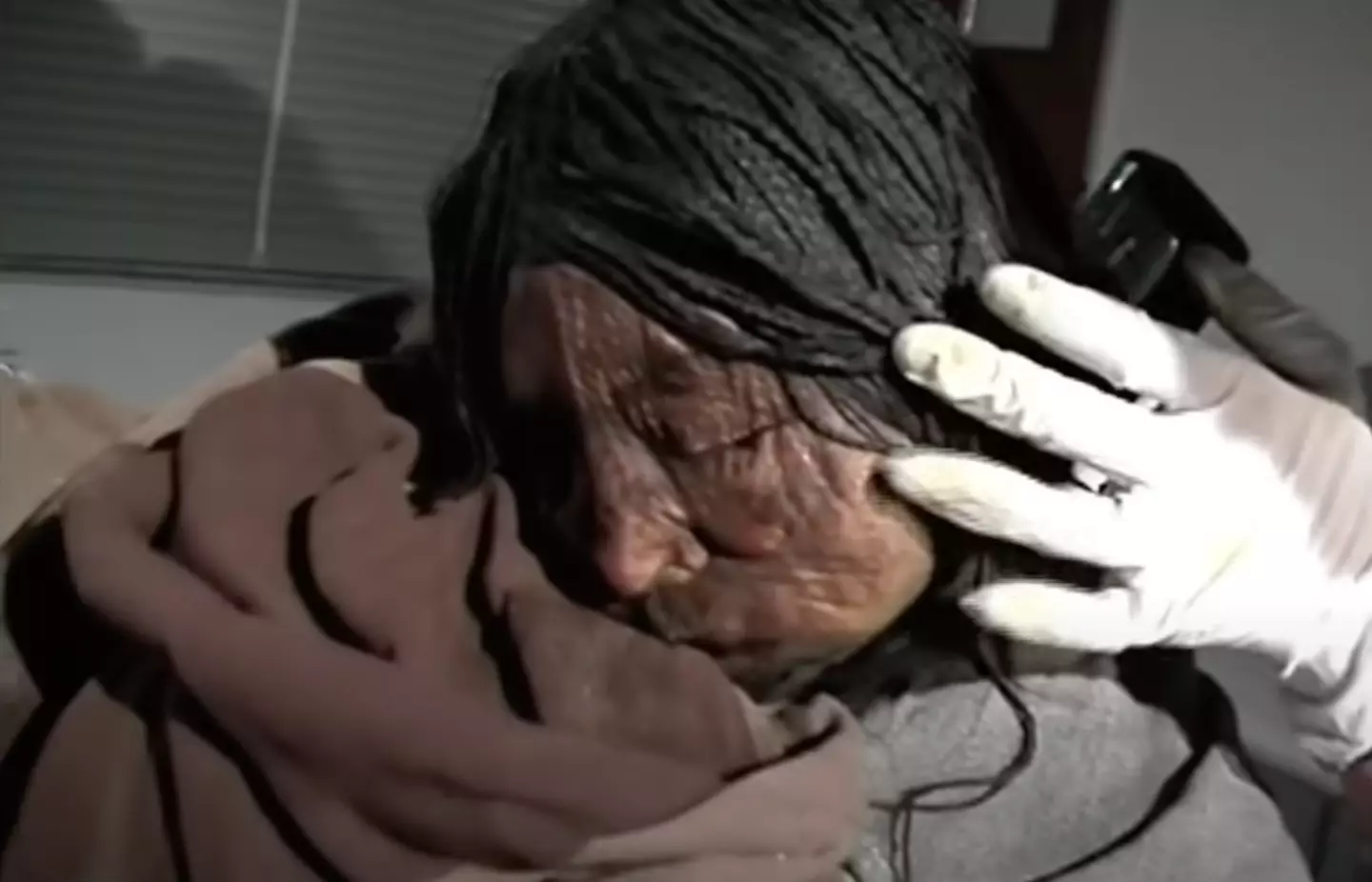When you think of mummies, you’d be forgiven for thinking of Egypt and searing heat.
However, it turns out one of the best-preserved mummies is actually that of a 500-year-old teenage girl found in the frozen mountains above South America.
Taken from the highest tomb on Earth, the so-called ‘Inca Ice Maiden’ is so well preserved that researchers have been able to analyse her DNA – with staggering results.
Advert

Also known as the Mummy Juanita, the 15-year-old girl was discovered in 1995 by a team of researchers.
Johan Reinhard and Constanza Ceruti had been exploring a region of the Andes boarding Chile and Argentina.
Nearly 6,739 metres (22,110 ft) above sea level, the scientists had uncovered a perfectly preserved teenager who is thought to have been about 15 when she died.
Describing it as an ‘archaeologist’s dream’, Reinhard was surprised by the mummy’s hands as they unwrapped her ancient remains.
Advert
“It was probably one of the most powerful experiences in my life…because they were perfect,” he admitted to the Smithsonian Channel, saying that they looked just as they had done when she was alive.
“This has got to be, if not the best mummy in the world, we don’t know any of any other,” he explained.
“Everything seemed totally untouched, it was perfectly preserved. Not a feather had shrunk, not a colour had faded,” he gushed, as he spoke about the other artefacts including jewellery and clothes, which were found alongside her.
What is even weirder though is that scientists analysing her DNA have discovered that the girl was battling a lung infection, just days before her death.

Advert
According to Live Science, scientists used a technique called shotgun proteomics.
If you are unfamiliar with the term, it means using a mass spectrometer to look at proteins found in the DNA and break them down into smaller parts.
Using clever tech and the latest software, the technique could identify proteins that matched that of chronic respiratory infection patients.
It means that the Inca Ice Maiden was likely suffering from a similar illness, days before her death – with an X-ray also confirming this theory.
Meanwhile, the body of a boy discovered close to the maiden didn’t carry such diseases.
Advert
Scientists are now hoping to roll out the technique in less-preserved mummies or even victims of crime.
To be fair, it is dead clever technology.